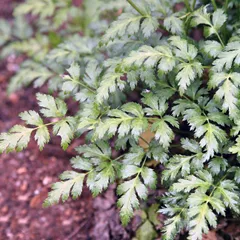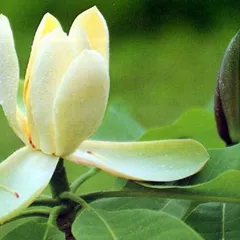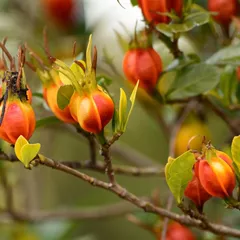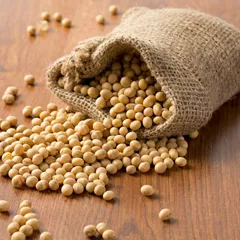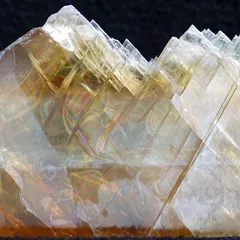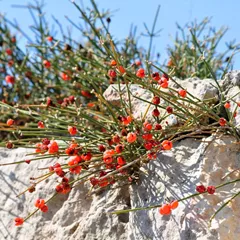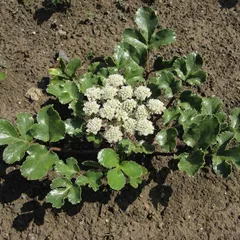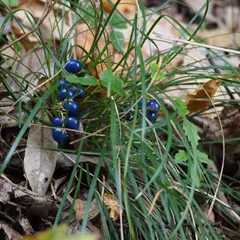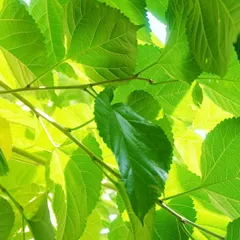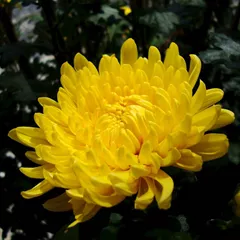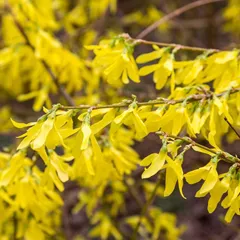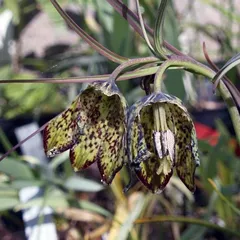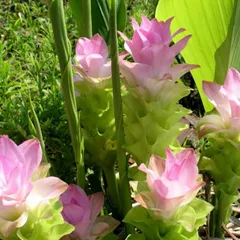Sang Xing Tang
Sang Xing Tang
Chinese: 桑杏汤
Pinyin: Sāng Xìng Tāng
Other names: Mulberry Leaf and Apricot Kernel Decoction
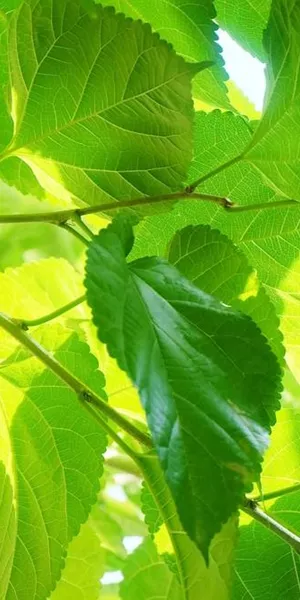
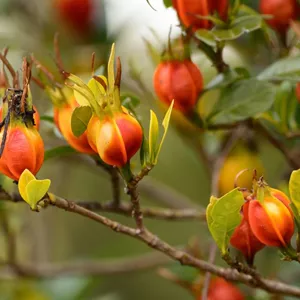
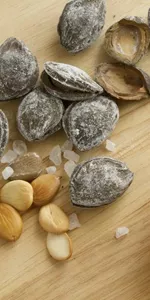
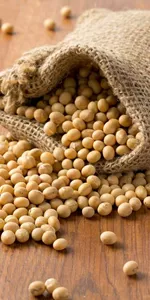
Sang Xing Tang
Sang Xing Tang
Chinese: 桑杏汤
Pinyin: Sāng Xìng Tāng
Other names: Mulberry Leaf and Apricot Kernel Decoction
Number of ingredients: 7 herbs
Formula category: Formulas that clear Dryness
Conditions for which it may be prescribed: PertussisAcute bronchitisChronic bronchitis and one other condition
Main actions: Clears and disperses Dryness
Contraindications: Contraindicated for patients with Yin Deficiency due to the formula's light and... Contraindicated for patients with Yin Deficiency due to the formula's light and disseminating herbs. see more
Source date: 1798 AD
Source book: Systematic Differentiation of Warm Pathogen Diseases
The information provided here is not a replacement for a doctor. You shouldn't use it for the purpose of self-diagnosing or self-medicating but rather so you can have a more informed discussion with a professional TCM practitioner.
Sang Xing Tang is a 7-ingredient Chinese Medicine formula with Mulberry Leaves (Sang Ye), Cape Jasmine Fruits (Zhi Zi) and Apricot Seeds (Xing Ren) as principal ingredients.
Invented in 1798 AD, it belongs to the category of formulas that clear Dryness. Its main action is that it clears and disperses Dryness.
In Chinese Medicine health conditions are thought to arise due to "disharmonies" in the body as a system. These disharmonies are called "patterns" and the very purpose of herbal formulas is to fight them in order to restore the body's harmony.
In this case Sang Xing Tang is used by TCM practitioners to fight patterns like Dry-Wind or Dry-Heat or Dry-Fire. From a Western Medicine standpoint, such patterns can give rise to a range of conditions such as upper respiratory tract infections, acute bronchitis or chronic bronchitis for instance.
On this page, after a detailed description of each of the seven ingredients in Sang Xing Tang, we review the patterns and conditions that Sang Xing Tang helps treat.
The seven ingredients in Sang Xing Tang
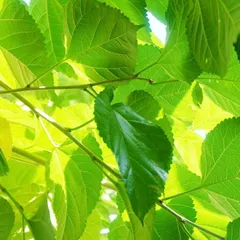
Sang Ye is a king ingredient in Sang Xing Tang. Like the name indicates, it means it has more power than other ingredients in the formula.
1. Mulberry Leaves (Sang Ye)
Part used: Dried leaves
Nature: Cold
Sang Ye light, acrid, cooling, and aromatic. It is effective at resolving Wind Heat from the Exterior and it can also help clearing Lung channel. It achieve these goals without hurting the Yin due to its moistening and sweet feature. Together with the other key herb Apricot seed, they invigorates and moistens the Lung Qi.
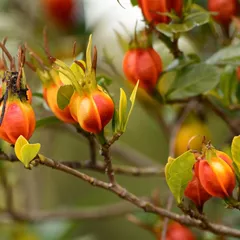
Zhi Zi is a king ingredient in Sang Xing Tang. Like the name indicates, it means it has more power than other ingredients in the formula.
2. Cape Jasmine Fruits (Zhi Zi)
Part used: Dried ripe fruit
Nature: Cold
Taste(s): Bitter
Meridian affinity: GallbladderHeartLungSanjiao
Category: Herbs that clear Heat and purge Fire and/or clear Summer Heat
Zhi Zi release Stagnated Heat from the Exterior. Together with Fermented soybeans, they simultaneously prevents the pathogenic influence from penetrating further into the body.
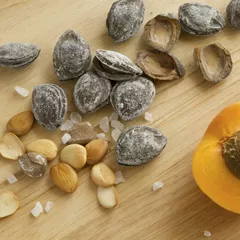
Xing Ren is a king ingredient in Sang Xing Tang. Like the name indicates, it means it has more power than other ingredients in the formula.
3. Apricot Seeds (Xing Ren)
Part used: Dried ripe seeds
Nature: Warm
Meridian affinity: Large intestineLung
Category: Herbs that relieve coughing and wheezing
Xing Ren descends Qi and transforms Phlegm so as to stop coughing. It focuses directly on the Interior and the Lung, while the other key herb Mulberry leaves are more on the Exterior. The combination of these two key herbs invigorates and moistens the Lung Qi.
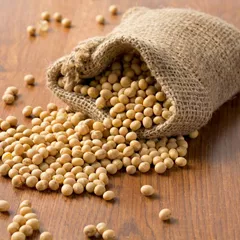
Dan Dou Chi is a deputy ingredient in Sang Xing Tang. This means it helps the king ingredient(s) treat the main pattern or it serves to treat a coexisting pattern.
4. Fermented Soybeans (Dan Dou Chi)
Part used: Fermented preparation obtain from the ripe bean
Nature: Cool
Dan Dou Chi release Stagnated Heat from the Exterior. Together with Cape jasmine fruit, they simultaneously prevents the pathogenic influence from penetrating further into the body.
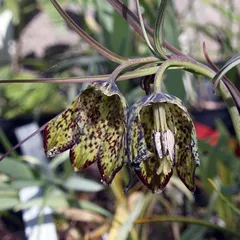
Chuan Bei Mu is a deputy ingredient in Sang Xing Tang. This means it helps the king ingredient(s) treat the main pattern or it serves to treat a coexisting pattern.
5. Fritillary Bulbs (Chuan Bei Mu)
Part used: Dried bulb
Nature: Cool
Chuan Bei Mu cools and transforms Stagnation to prevent Phlegm. It assists one of the key herb Apricot seed in achieving the above goal.
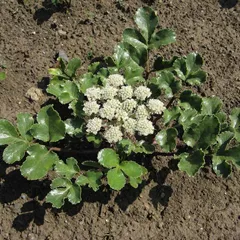
Bei Sha Shen is an assistant ingredient in Sang Xing Tang. This means that it either serves to reinforces the effect of other ingredients or it moderates their toxicity.
6. Glehnia Roots (Bei Sha Shen)
Part used: Dried root
Nature: Cool
Meridian affinity: LungStomach
Category: Tonic herbs for Yin Deficiency
Bei Sha Shen nourishes the Yin and clear Heat. Together with the other assistant herb Pear skin, they are cooling and moistening in nature.
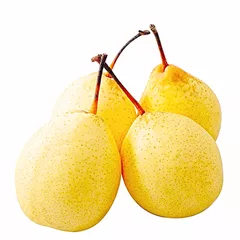
Li Pi is an assistant ingredient in Sang Xing Tang. This means that it either serves to reinforces the effect of other ingredients or it moderates their toxicity.
7. Pear Skins (Li Pi)
Part used: The skin
Nature: Cool
Meridian affinity: StomachLung
Category: Tonic herbs for Yin Deficiency
Li Pi nourishes the Yin and clear Heat. Together with the other assistant herb Glehnia root, they are cooling and moistening in nature.
Conditions and patterns for which Sang Xing Tang may be prescribed
It's important to remember that herbal formulas are meant to treat patterns, not "diseases" as understood in Western Medicine. According to Chinese Medicine patterns, which are disruptions to the body as a system, are the underlying root cause for diseases and conditions.
As such Sang Xing Tang is used by TCM practitioners to treat two different patterns which we describe below.
But before we delve into these patterns here is an overview of the Western conditions they're commonly associated with:
Upper respiratory tract infections Acute bronchitis Chronic bronchitis Pertussis
Again it wouldn't be correct to say "Sang Xing Tang treats upper respiratory tract infections" for instance. Rather, Sang Xing Tang is used to treat patterns that are sometimes the root cause behind upper respiratory tract infections.
Now let's look at the two patterns commonly treated with Sang Xing Tang.

Wind is one of the pathogenic factors in Chinese Medicine. Learn more about Wind in Chinese Medicine
Dry-Wind
Pulse type(s): Rapid (Shu), Floating (Fu)
Symptoms: Sweating Dry skin Dry nose Dry mouth Dry cough Dry throat Dry tongue Sore throat Aversion to cold
Sang Xing Tang is sometimes prescribed by TCM practitioners to treat Dry-Wind. This pattern leads to symptoms such as aversion to cold, sweating, dry skin and dry nose. Patients with Dry-Wind typically exhibit rapid (Shu) or floating (Fu) pulses.
This pattern is like Wind-Heat but with additional Dryness features. It is because the Heat is so strong that it dries up the Body Fluids. The typical Dryness symptoms are dry skin, nose, mouth, tongue and throat. There will be also dry cough and sore throat.
As for the symptoms caused by external... read more about Dry-Wind
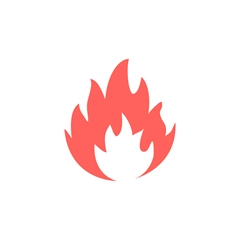
'Heat' as a body pattern in Chinese Medicine is one of the so-called "Eight Principles". Learn more about Heat pattern in Chinese Medicine
Dry-Heat or Dry-Fire
Pulse type(s): Rapid (Shu), Floating (Fu)
Symptoms: Fever Thirst Sweating Dry Skin Dry nose Dry cough Dry mouth Dry throat Sore throat Aversion to cold
Sang Xing Tang is sometimes prescribed by TCM practitioners to treat Dry-Heat or Dry-Fire. This pattern leads to symptoms such as fever, thirst, sweating and sore throat. Patients with Dry-Heat or Dry-Fire typically exhibit rapid (Shu) or floating (Fu) pulses.
Within the Four-Levels theory, Dry-Heat is the first level of invasion of External Pathogens, when it still resides in the body's Exterior.
It is the combination of two pathogens: Heat and Dryness. Both Evils can hurt Body Fluids and as a result injures Yin. As vicious circle, it makes the... read more about Dry-Heat or Dry-Fire
Formulas similar to Sang Xing Tang
Lian Po Yin is 29% similar to Sang Xing Tang
Zhi Zi Chi Tang is 29% similar to Sang Xing Tang
Shi Gao Tang is 29% similar to Sang Xing Tang
Sha Shen Mai Men Dong Tang is 29% similar to Sang Xing Tang
Sang Ju Yin is 25% similar to Sang Xing Tang
Qi Ge San is 25% similar to Sang Xing Tang

